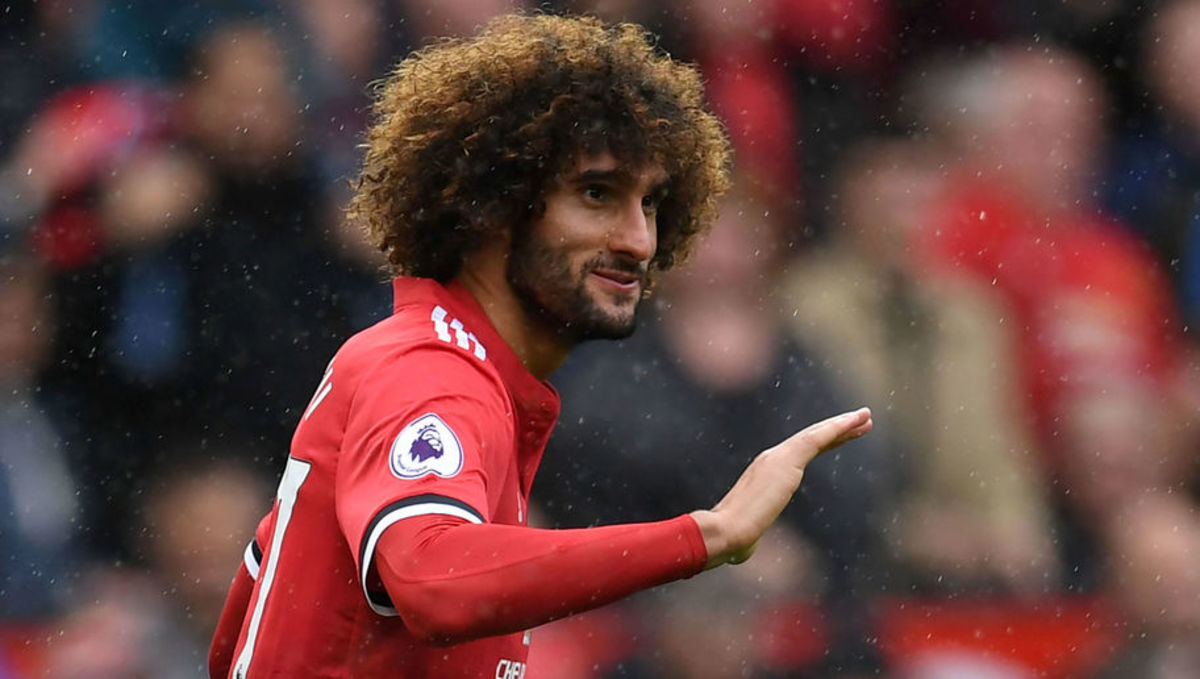Injury Analysis: Everything You Need to Know About Marouane Fellaini’s Knee Injury in 1 Minute
United’s Marouane Fellaini will be unable to suit up for the clash against Liverpool and has been reported to have sustained an MCL (Medial Collateral Ligament) Injury that might sideline him for two months and derail United’s title bid.
Here’s everything you need to know about the MCL in 1 minute…
What is the MCL?
The knee is stabilised by 4 major ligament complexes: the Anterior Cruciate (ACL) and Posterior Cruciate (PCL) ligaments at the centre, the Lateral Collateral ligament (LCL) on the outside and the Medial Collateral Ligament (MCL) on the inner knee.
Reports state that >20% ligament injuries in the knee involve the MCL complex (which has a superficial MCL and a deep MCL component).
[youtube:https://youtu.be/P2DVjiPIiYw]
The MCL can be injured by a valgus force in the knee with non-contact injuries (e.g pivoting) which usually cause milder sprains - while direct contact injuries (e.g a tackle to the inner foot) commonly leads to grade 2-3 tears.
What does it feel like?
There will be an acute pain in the inner aspect of the knee and walking will be painful.
If you put your knee in a position of 30⁰ flexion, then apply a valgus stress - there will be laxity and you can feel the knee joint ‘opening up’.
An opening of <0.5cm signifies a sprain (Gr 1) while >1cm opening signifies a complete tear (Gr 3)
An even worse sign is if there is laxity and ‘opening up’ of the joint even when you put your knee in full extension; because this means there are other associated injuries (eg. Concomitant ACL tear).
What should I do?
RICE (Rest, Ice, Compression, Elevation is nearly a fool-proof management in the acute setting.
If you find that there is less than 0.5cm ‘opening’ in the inner knee joint during valgus stress, and only when the knee is in 30⁰ flexion; you can rest for 5 days. If you knee resumes normal after those few days of rest, you probably only sustained a Gr1 sprain and can try to resume playing.
When must you see a doctor?
If there is any knee laxity during valgus stress even in a fully extended position, you must go check-up because chances are you’ve sustained a multi-ligament injury which might require surgery (e.g. ACL reconstruction).
Any persistent pain over 2 weeks should be checked up; and any laxity >0.5cm joint opening (at 30⁰ knee flexion) probably warrants a professional assessment for confirmation. Partial tears Gr 2) will need a brace while complete tears (Gr 3) might need surgical repair.
While acute injuries can be repaired – chronically neglected injuries are not amenable to repair and will require reconstruction using a tendon graft.
When can I resume playing?
As a general rule:
- players with Gr 1 injuries can resume playing in 2 weeks.
- For Gr 2 injuries, they can resume in 4 weeks.
- For Isolated Gr 3 tears, most can resume playing in 12 weeks (but Gr 3 tears are more difficult to predict because they are often associated with injuries).






